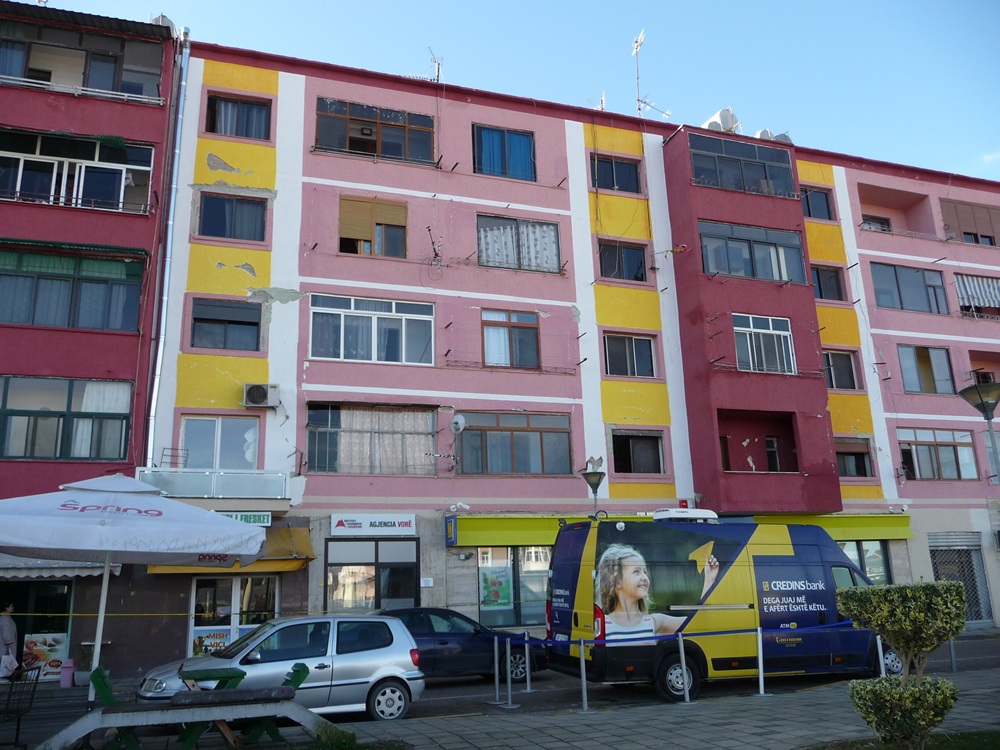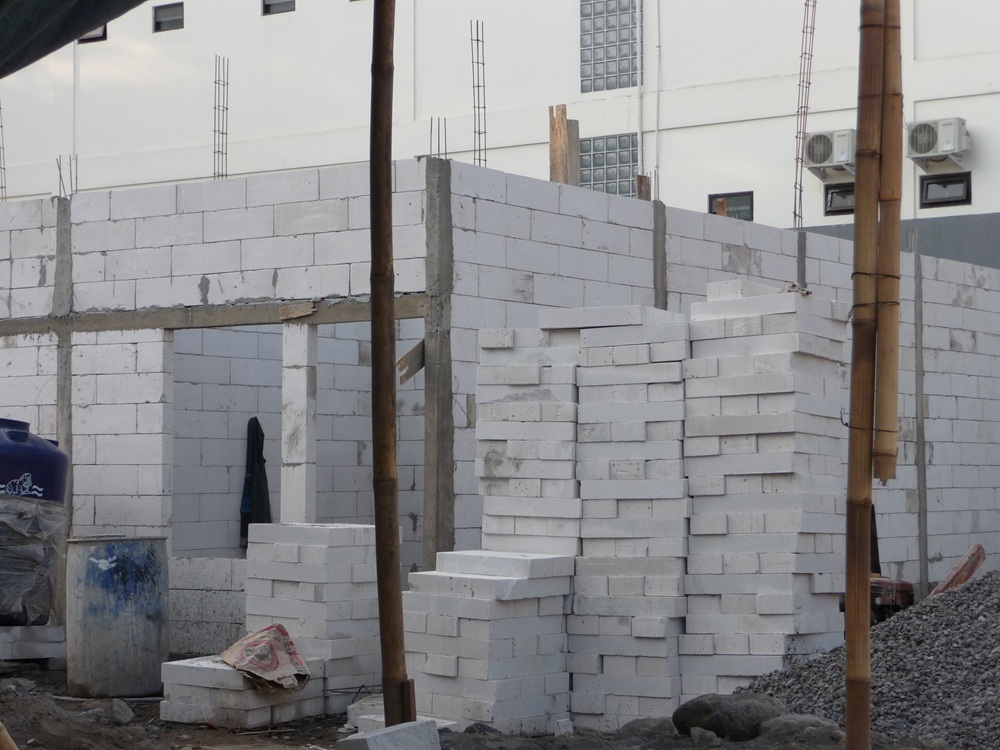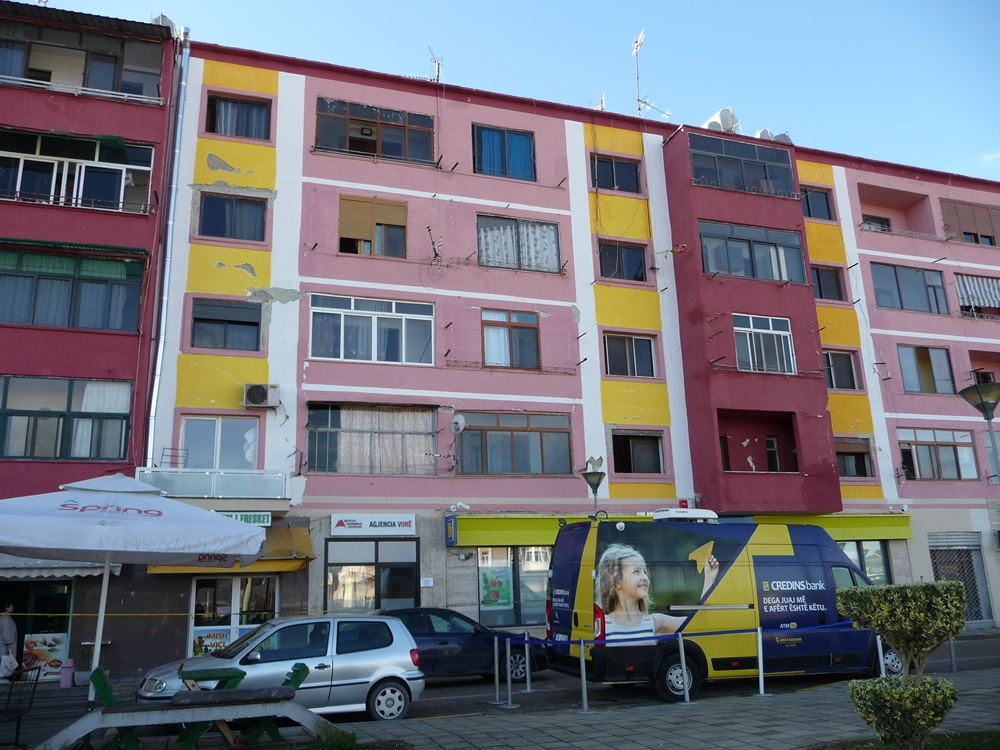RESOURCES SERIES: Earthquake-safe Buildings
ARTICLE 17 in a series of Educational Articles for Developing Nations to Improve the Earthquake Safety of Buildings
ABOUT THIS SERIES OF RESOURCES >>
Building regulations (e.g., building codes and standards) are the rules for building. They protect us and others. They support a safe and healthy built environment. They are intended to ensure safe buildings for living, working, shopping and worshipping in. Regulations reflect that buildings can be designed to be safe for earthquakes and contain rules to achieve that goal.
So, what should we expect in building regulations? What might make them more successful in achieving safe buildings? Here are five suggestions:
1. Reflect our societal situation and expectations: Regulations need to be appropriate for society as a whole, its cultural and economic situation and the expectations of its citizens (Figure 1). The levels of imposed standards may not be as high as those in high-income countries but, as agreed by a wide range of stakeholders, standards should be appropriate to local conditions and affordable. Codes are also needed that address locally prevalent construction practice where professionals are not involved, and traditional construction, including incremental construction (Figure 2).

Figure 1. People expect to live in buildings that are safe in earthquakes.

Figure 2. Codes and their implementation are necessary to improve the earthquake-safety of this type of housing.
2. Fair to all parties: It is important that regulations are fair to everyone. They mustn’t favor any one party outside of or within the building industry, like building material manufacturers who might benefit from specific regulations.
3. Easy to access and clear to understand: Building regulations need to be easy to access for the public and building industry stakeholders, like civil engineers, architects and builders. Accessible documents are also required for training purposes. Regulations can be made available on-line. They also have to be clear. Readers must be able to understand and interpret the requirements of regulations. The goal is openness and transparency.
4. Responsive to changing circumstances and new information: Although the building industry changes more slowly than some industries, such as IT, building regulations still need to be kept up-to-date. Otherwise, they stifle innovation and reduce opportunities for more affordable and efficient building practices. Also, building practices that recent research deems unsafe need improving. Building regulations need to reflect current knowledge, building industry competence and practice (Figure 3).

Figure 3. Building regulations need to specify safe yet practical ways of using new materials, such as these light-weight blocks.
5. Part of wider regulatory processes: Building regulations need legal and administrative backup. Uptake of regulations require both education and enforcement. Education of all stakeholders regarding earthquake-safe buildings needs input from education providers at every level in the building industry as well as professional societies. Building departments can help, but their primary role is to enforce regulations in a cost-effective, efficient and transparent manner.
References:
Hoover, C. A. and Greene, M. eds, 1996. Construction quality, Education, and Seismic Safety. EERI, Oakland, U.S.A., 68pp.
Moullier, T., 2015. Building regulation for resilience: managing risks for safer cities. Word Bank Group and GFDRR, Washington, U.S.A. 136 pp. https://www.preventionweb.net/publications/view/48493 (accessed 23 April 2020).
<< PREVIOUS ARTICLE I NEXT ARTICLE >>
RESOURCES SERIES
INTRODUCTION:
About this resources series
- Earthquakes and How They Affect Us
- Avoiding Soil and Foundation Problems during Earthquakes
- Three Structural Systems to Resist Earthquakes
- Why Walls Are the Best Earthquake-resistant Structural Elements
- Are Walls in Buildings Helpful during Earthquakes?
- How Do Buildings with Reinforced Concrete Columns and Beams Work in Earthquakes?
- Principles for Earthquake-safe Masonry Buildings
- Tying Parts of Buildings Together to Resist Earthquakes
- Local Wisdom and Building Safety in Earthquakes
- Infill Walls and How They Affect Buildings during Earthquakes
- A Common Structural Weakness to Avoid: Soft Story
- A Common Structural Weakness to Avoid: A Discontinuous Wall
- A Common Structural Weakness to Avoid: Short Column
- Preventing a Building from Twisting during Earthquake
- Why Buildings Pound Each Other during Earthquakes
- Construction Codes and Standards
- What to Look for in Building Regulations
- What to Expect from a Building Designed according to Codes
- Importance of Checks during the Design of Buildings
- Importance of Checks during the Construction of Buildings
- Preventing Damage to Non-structural Components
- Retrofitting Buildings against Earthquake
- Advanced Earthquake-Resilient Approaches for Buildings
- Urban Planning and Earthquake Safety
- Tsunamis and Buildings

